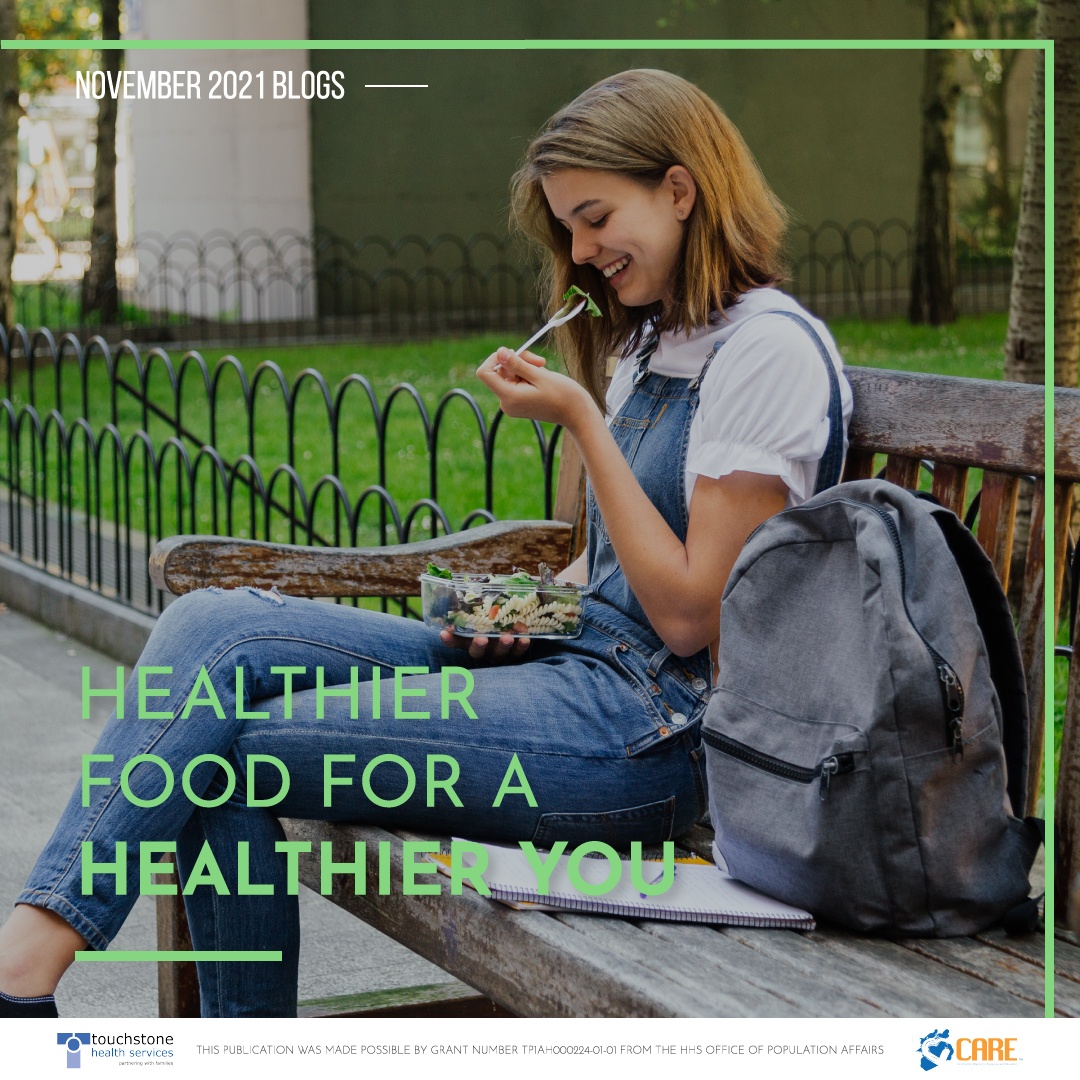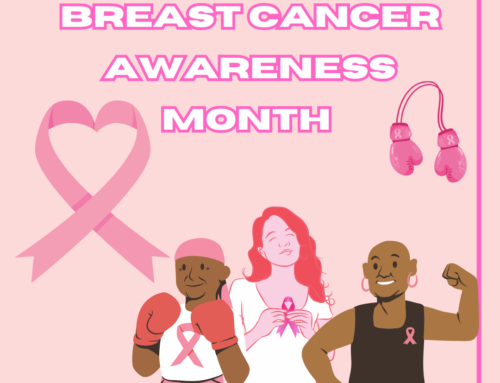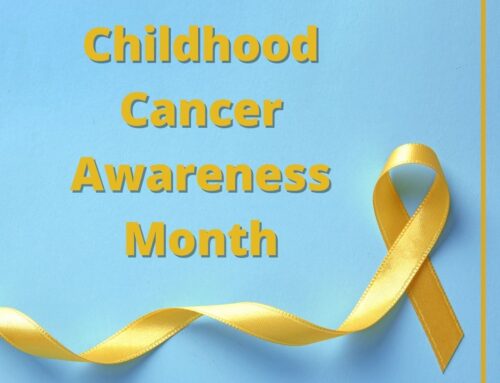Healthier Food for a Healthier You
Did you know that calories from added sugar and fats make up 40% of calories in a day for kids 2-18? (CDC). Some examples of these types of foods are pizza, cake, whole milk, and desserts. With this being such an issue, Touchstone wants to empower youth to take their health into their own hands. Knowledge is power and this will give you the power to make smart and healthy choices for your health.
Food is broken into 5 categories: fruits, vegetables, grains, protein, and dairy (choosemyplate.gov). These are all different types of nutrients our bodies need in order to stay healthy, strong, and keep our brains working. Not all foods are created equal though.
Fruits and vegetables should make up almost half of our diet. Especially fruits like strawberries, blueberries, raspberries, and blackberries because they are high in fiber and lower in sugar. Other good options are apples, melons, and oranges. The best types of vegetables are greens like spinach, broccoli, peas, and kale these are high in antioxidants which boost your immune system. Not only are these foods good for you, but they also will keep you full when your stomach is full of them.
Another great thing to help you build muscle, get stronger, and stay full is protein. Protein can come from animals, but it can also come from other sources. Some types of protein are beef, chicken, fish, pork, soy protein, turkey, eggs, beans, yogurt, and cottage cheese. It is possible to not eat meat and still eat enough protein.
Any food made from wheat, rice, oats, cornmeal, barley, or another cereal grain is a grain product. Bread, pasta, breakfast cereals, grits, and tortillas are examples of grain products. Foods such as popcorn, rice, and oatmeal are also included in the Grains Group (myplate.gov). Eating grains, especially whole grains, provides health benefits. People who eat whole grains as part of a healthy diet have a reduced risk of some chronic diseases. Grains provide many nutrients that are vital for the health and maintenance of our bodies.
The Dairy Group includes milk, yogurt, cheese, lactose-free milk and fortified soy milk, and yogurt. It does not include foods made from milk that have little calcium and a high-fat content, such as cream cheese, sour cream, cream, and butter. Consuming dairy products provides health benefits — especially building and maintaining strong bones. Foods in the Dairy Group provide nutrients that are vital for the health and maintenance of your body. These nutrients include calcium, potassium, vitamin D, and protein. Calcium and vitamin D are important nutrients at any age. Intake of dairy products that contain these nutrients help to:
While all these foods are great, it still is okay to have some treats every once in a while. It is important to not label our foods “good” and “bad”. There are foods that have more nutrients than others, but we should not restrict ourselves to only eating fruits and vegetables because that is unhealthy as well. It is important to have treats occasionally too such as dessert, chips, or even pizza but this is not where most of our calories should be coming from. With practice, switching to a healthier lifestyle can become easy. Encouraging friends and family members to start making a change in their diet can also make it fun and it will hold everyone accountable. The ability to look for those healthier options will become second nature if everyone can have patience as well as practice making healthier choices.
Here’s how YOU can be a Prevention Partner:







I have a very busy life and so I think that planning and prepping food works the best for me in this case. I love the soothing place! I am going to try and really stick to a good diet through the holidays. It will be difficult, but nothing is impossible!
Great information, thank you!
Love this! Thank you for providing useful tips and tricks for healthier options